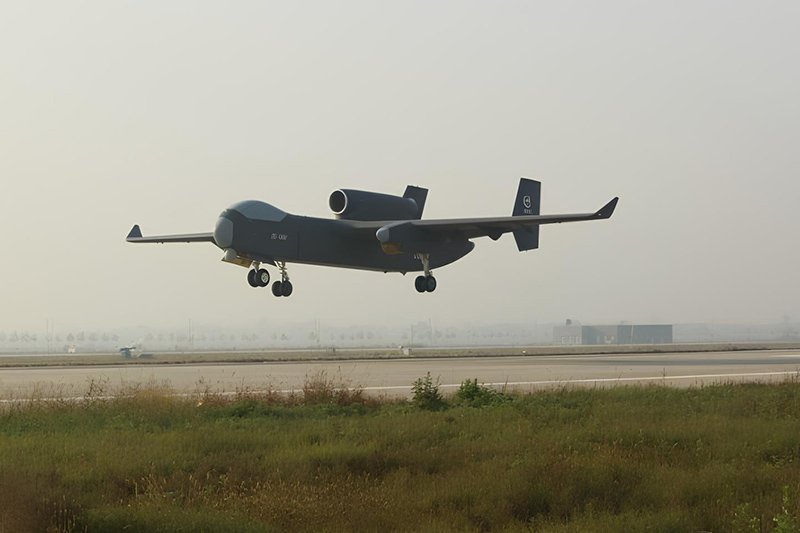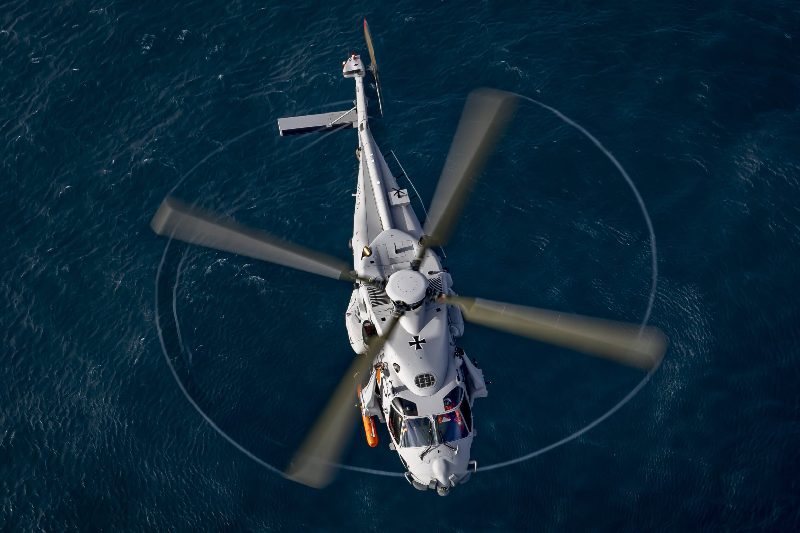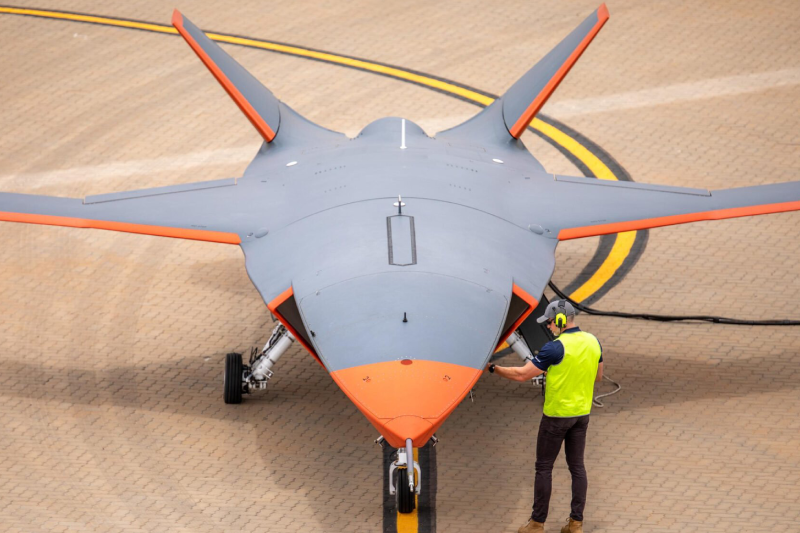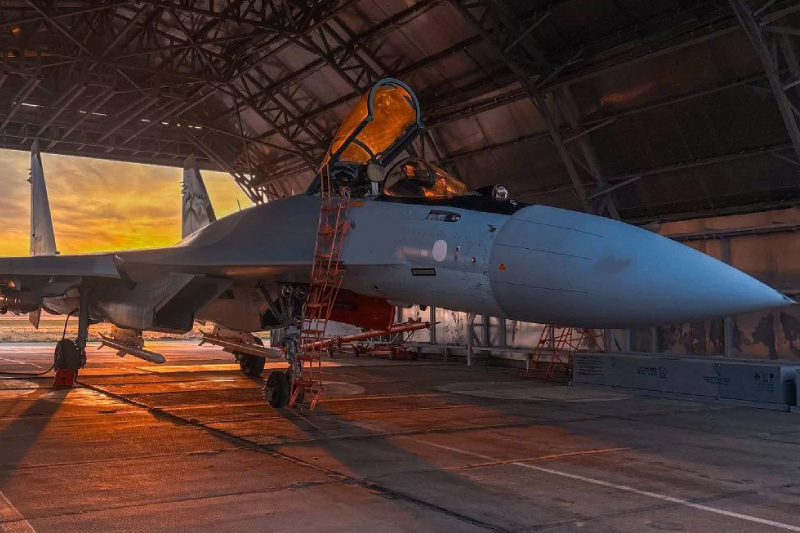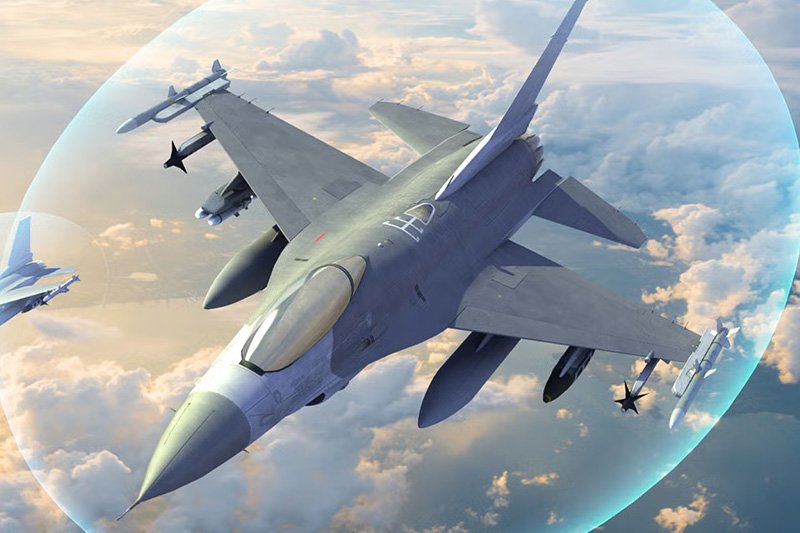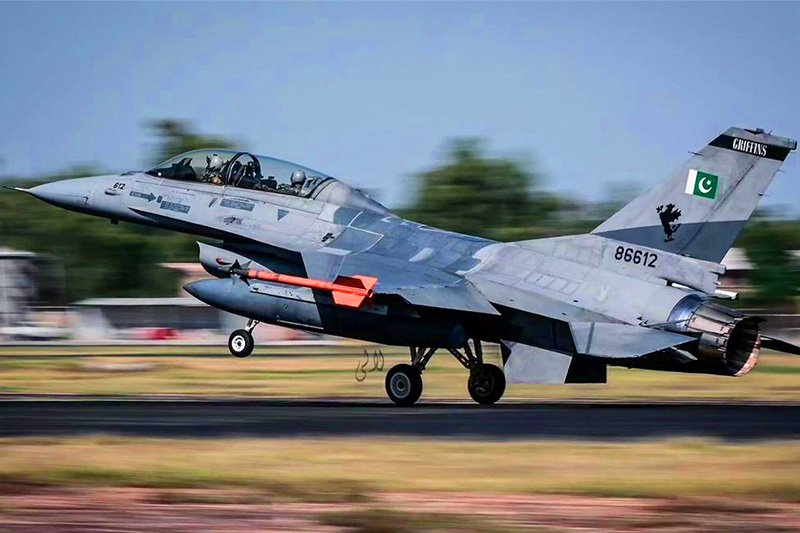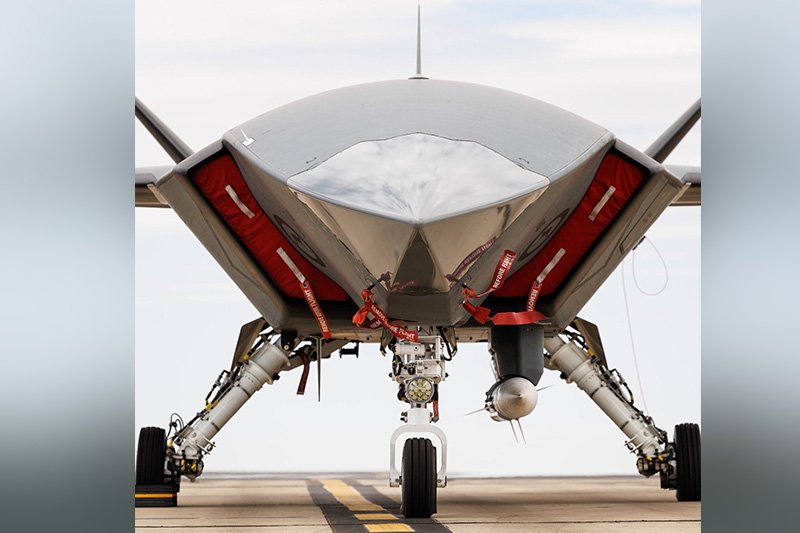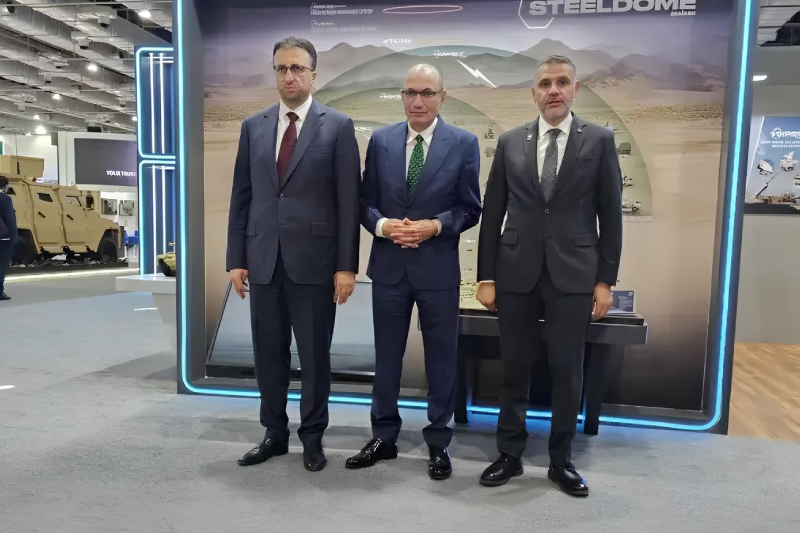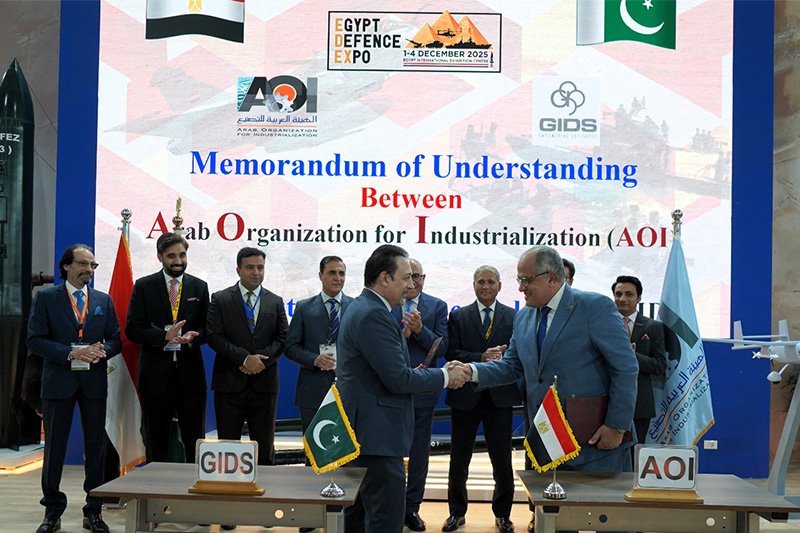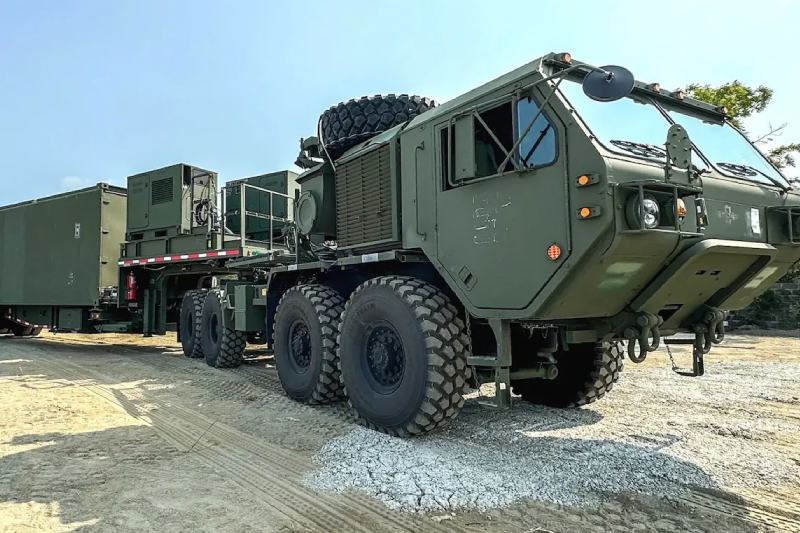US Army Deploys Typhon Missile System to Japan for First Time
The US Army has deployed its advanced Typhon missile system to Japan for the first time, marking a significant escalation in Indo-Pacific military capabilities and sending a clear strategic message to China. The Typhon missile system Japan deployment represents a major milestone in American military positioning, as the ground-based platform capable of firing Tomahawk cruise missiles and SM-6 multi-purpose missiles establishes a formidable presence within striking distance of Chinese territory during the historic Typhon missile system Japan deployment at Marine Corps Air Station Iwakuni.
Historic Resolute Dragon Exercise Integration
The Typhon system deployment coincides with the annual Resolute Dragon exercise, currently the largest iteration ever conducted with approximately 14,000 Japanese and 5,200 U.S. troops participating in two weeks of comprehensive military training. The system was prominently displayed to media representatives at Marine Corps Air Station Iwakuni in Yamaguchi prefecture, demonstrating America’s commitment to strengthening Indo-Pacific deterrence capabilities through advanced missile technology.
Multi-Domain Task Force Operational Capabilities
Colonel Wade Germann, commander of the 3rd Multi-Domain Task Force (3MDTF) operating the Typhon system, emphasized the platform’s strategic flexibility and rapid deployment capabilities. The system’s ability to employ multiple munitions types creates significant tactical dilemmas for potential adversaries while enabling expeditious forward positioning during crisis situations, making it particularly valuable in the expansive Pacific theater.
Proven Combat Effectiveness Demonstration
The Typhon system’s operational credibility was established during Exercise Talisman Sabre 25 in Australia, where a 3MDTF Typhon battery successfully engaged and destroyed a maritime target in live-fire testing. This successful demonstration validated the system’s anti-ship capabilities while proving its effectiveness in real-world operational scenarios across diverse Pacific theater environments.
Advanced System Configuration and Mobility
A complete Typhon battery, also designated as the Mid-Range Capability (MRC), consists of four missile launchers, a trailer-based mobile command post, and supporting ancillary vehicles and equipment. The system’s rapid deployment capability enables airlift transportation via US Air Force C-17 aircraft, which can access remote and austere locations through their exceptional short-field and rough-field operational capabilities.
Strategic Tomahawk Missile Integration
The current generation Tomahawk cruise missiles integrated with Typhon provide both land attack and anti-ship capabilities with approximately 1,000-mile operational ranges, making the system exceptionally valuable across the vast Pacific region. This capability holds particular significance for Japan, which has ordered Tomahawk missiles while simultaneously developing indigenous conventional long-strike capabilities as part of comprehensive military expansion efforts.
Versatile SM-6 Missile Employment
The SM-6 missile, traditionally employed as an air defense weapon, functions as a flexible surface-to-surface system when integrated with Typhon, primarily targeting shore and maritime objectives. Operating essentially as a short-range ballistic missile, the SM-6 presents significant interception challenges for adversary defense systems while providing commanders with versatile engagement options across multiple threat scenarios.
First Island Chain Strategic Positioning
Marine Corps Air Station Iwakuni occupies a critical position within the First Island Chain, a strategic boundary extending from southern Japanese islands to the South China Sea. This positioning enables U.S. military forces and allies to potentially restrict Chinese sea and air power projection while complicating Beijing’s military planning across the broader Indo-Pacific region.
Enhanced Regional Deterrence Architecture
The Typhon deployment significantly enhances regional deterrence by providing U.S. forces with responsive, road-mobile missile capabilities that can engage diverse target sets throughout the Indo-Pacific region. The system’s survivability characteristics, combined with its substantial range and destructive potential, create complex defensive challenges for potential adversaries during conflict scenarios.
Chinese and Russian Diplomatic Opposition
Both Chinese and Russian officials have expressed strong opposition to the Typhon deployment, with Chinese Foreign Ministry spokesperson Guo Jiakun stating that “China always opposes the United States deploying the Typhon Mid-Range Capability missile system in Asian countries.” Russian officials similarly criticized Japan’s decision to host the system, viewing it as part of accelerated regional militarization efforts.
Long-Range Precision Fires Initiative
The Typhon deployment represents one component of the U.S. Army’s comprehensive Long-Range Precision Fires (LRPF) initiative designed to enhance capabilities against Chinese military forces throughout the region. Future LRPF developments include the Dark Eagle hypersonic missile system and Precision Strike Missile (PrSM) short-range ballistic missiles, creating layered long-range strike capabilities.
Temporary Deployment with Permanent Implications
While the current Typhon presence in Japan remains temporary during Resolute Dragon exercises, Army officials indicate plans for expanded regional presence including potential permanent basing arrangements. This strategic evolution reflects growing U.S. military focus on maintaining credible deterrence capabilities across the strategically vital Indo-Pacific theater.
Advanced Mobility and Future Development
The Army continues developing enhanced Typhon mobility capabilities, including interest in scaled-down versions that would improve deployability and operational flexibility. These improvements would enable more rapid response to emerging crises while maintaining the system’s lethal effectiveness against high-value strategic targets including air defense assets and command-and-control nodes.
Strategic Target Engagement Capabilities
From its Iwakuni position, Typhon-launched Tomahawk missiles can engage targets across China’s eastern seaboard and portions of Russian territory, demonstrating the system’s significant strategic reach. This capability transforms the tactical landscape by providing US commanders with credible options for engaging critical infrastructure and military assets during potential conflict scenarios.
Also read this: Rheinmetall Buys German Shipbuilder For Naval Powerhouse
Regional Military Balance Impact
The Typhon deployment occurs amid continued Chinese People’s Liberation Army Navy fleet expansion, with larger and more modern surface warships entering service regularly. The system’s anti-ship capabilities provide essential counterbalancing force that could prove critical in future major conflict scenarios requiring extensive anti-ship operations across Indo-Pacific waters.
The historic Typhon missile system deployment to Japan represents a fundamental shift in Indo-Pacific military balance, providing US forces with advanced long-range strike capabilities positioned directly within China’s sphere of influence. While current deployment remains temporary, this milestone signals America’s commitment to maintaining regional deterrence through advanced missile technology, flexible deployment strategies, and strengthened alliance partnerships that collectively enhance stability across the strategically critical Indo-Pacific region.
Keep connected with us at Facebook, Twitter, YouTube, Instagram & TikTok for latest defense happening around the globe.
Discover more from International Defence Analysis
Subscribe to get the latest posts sent to your email.


